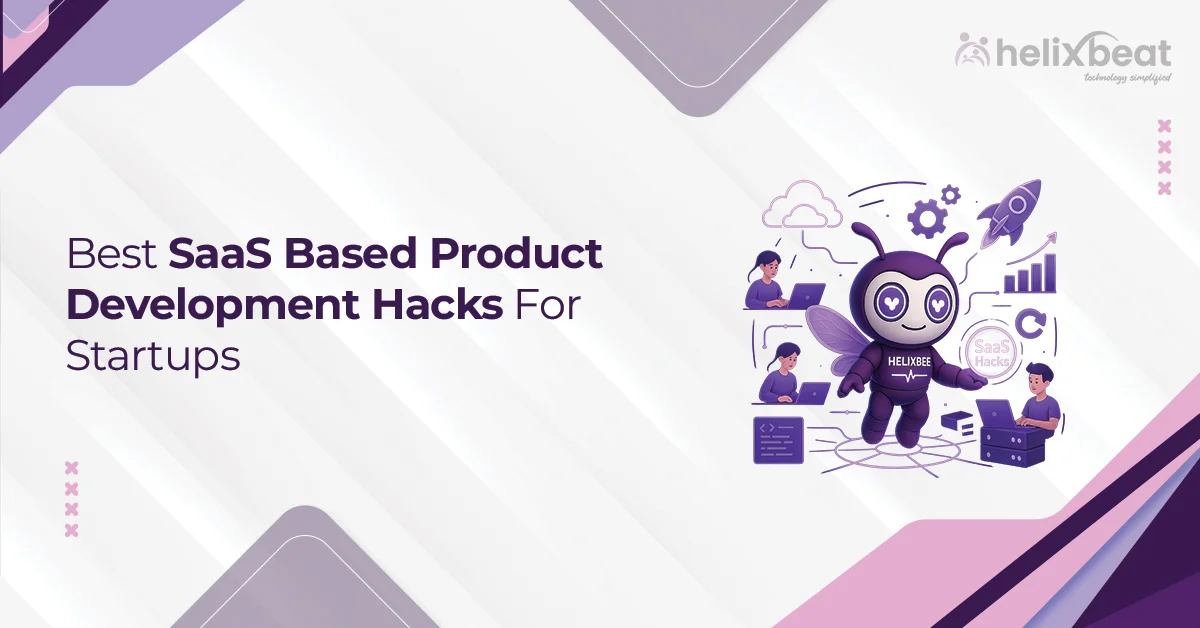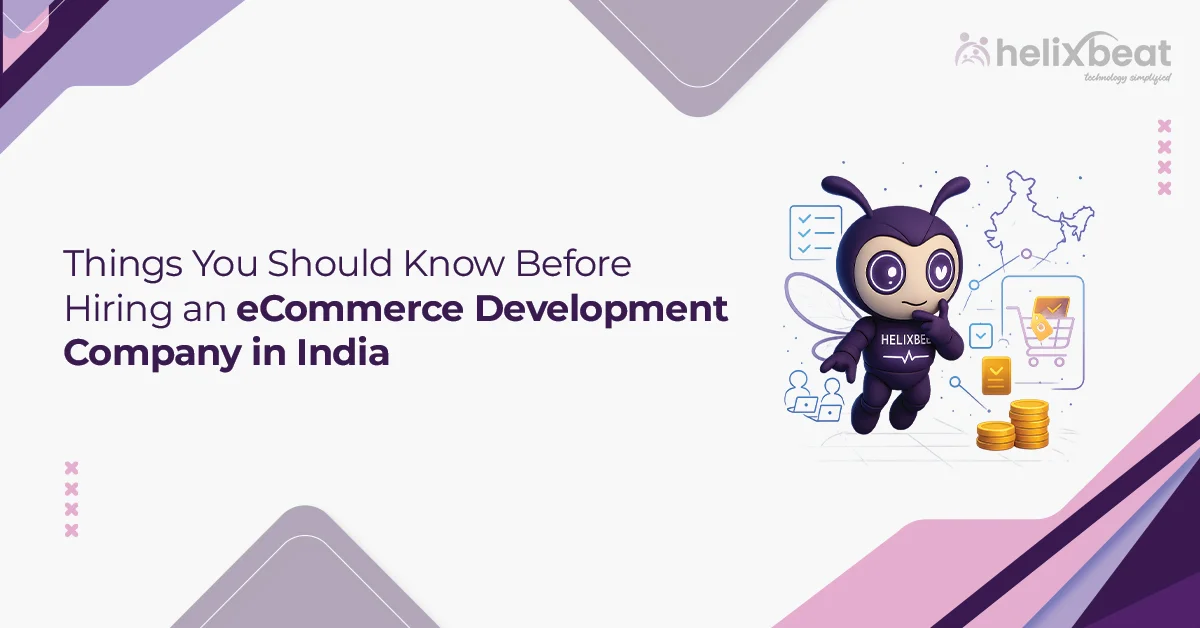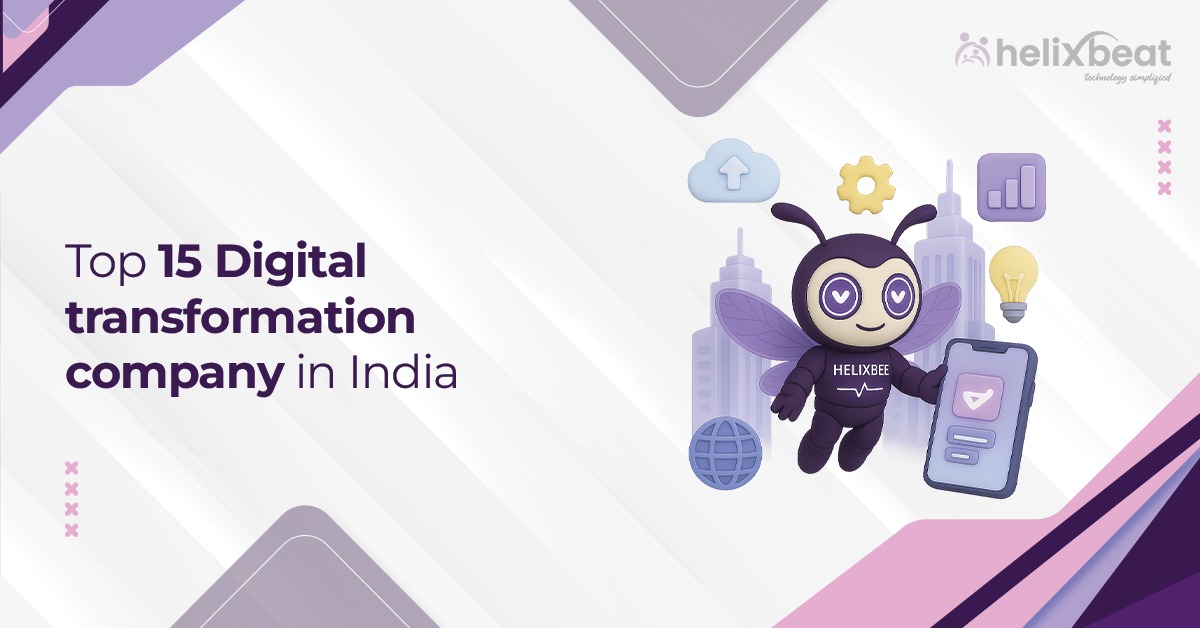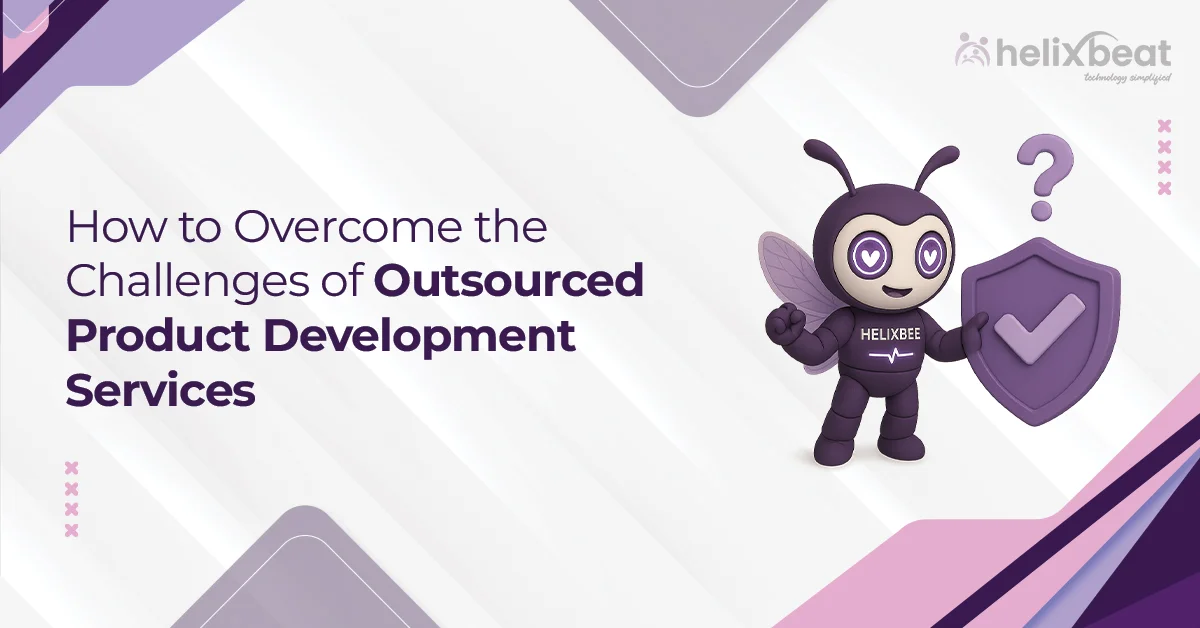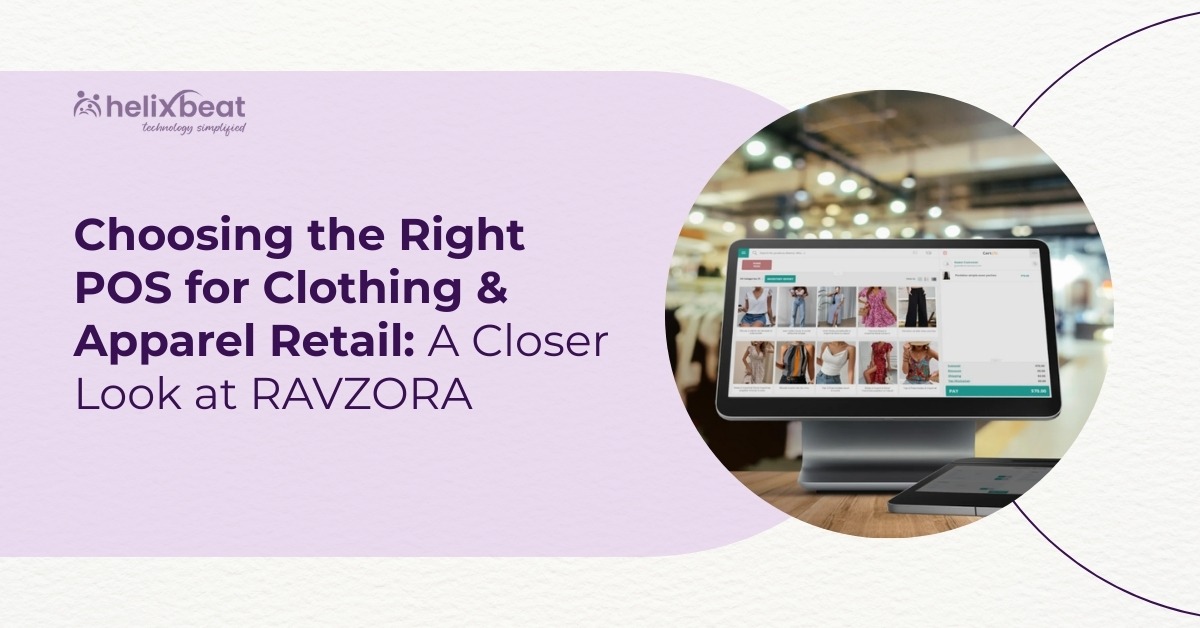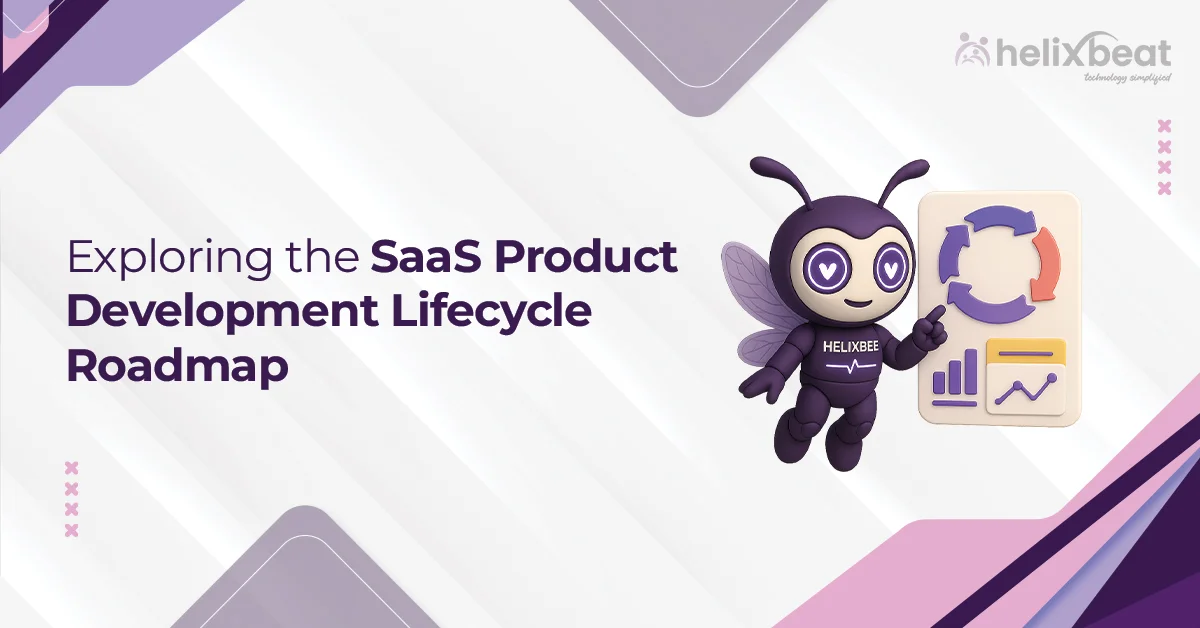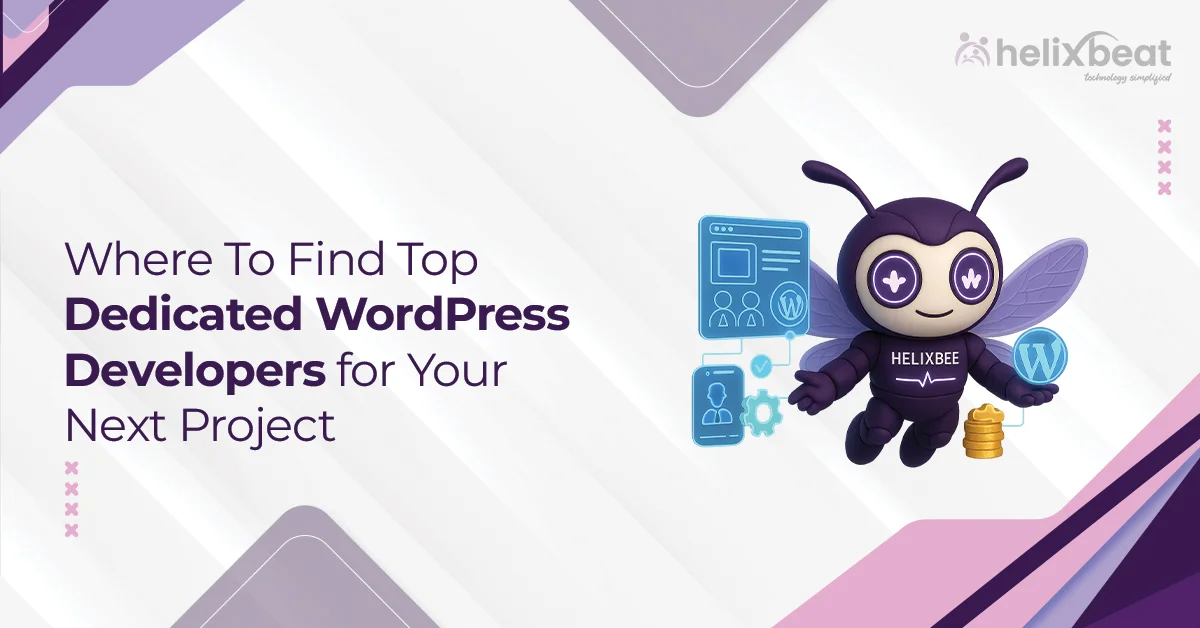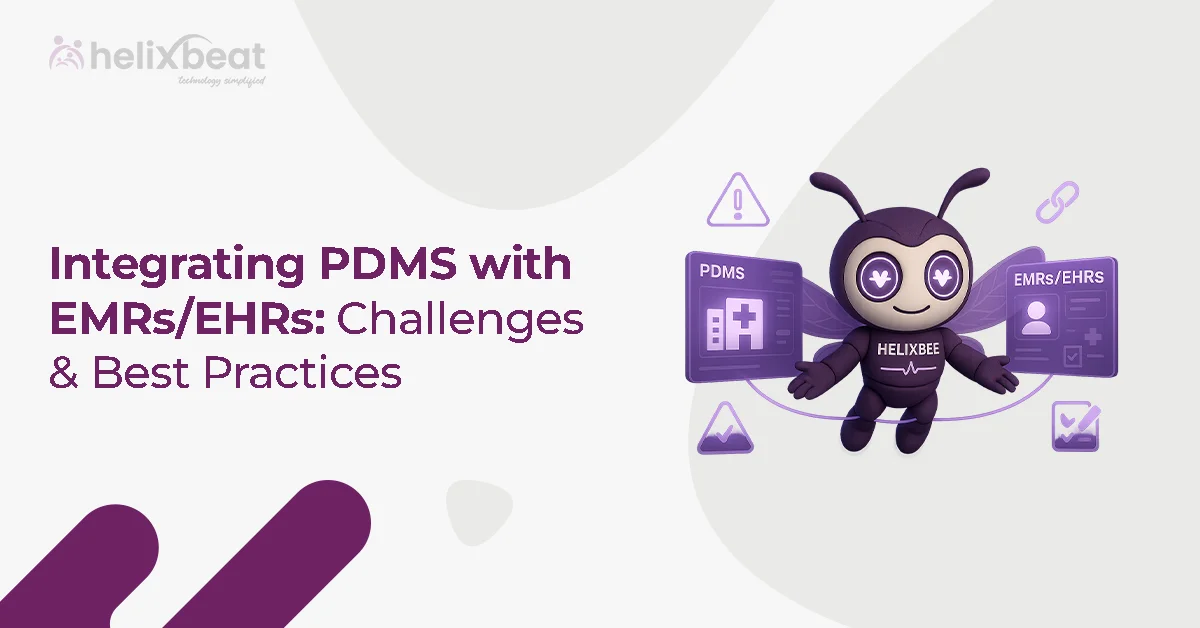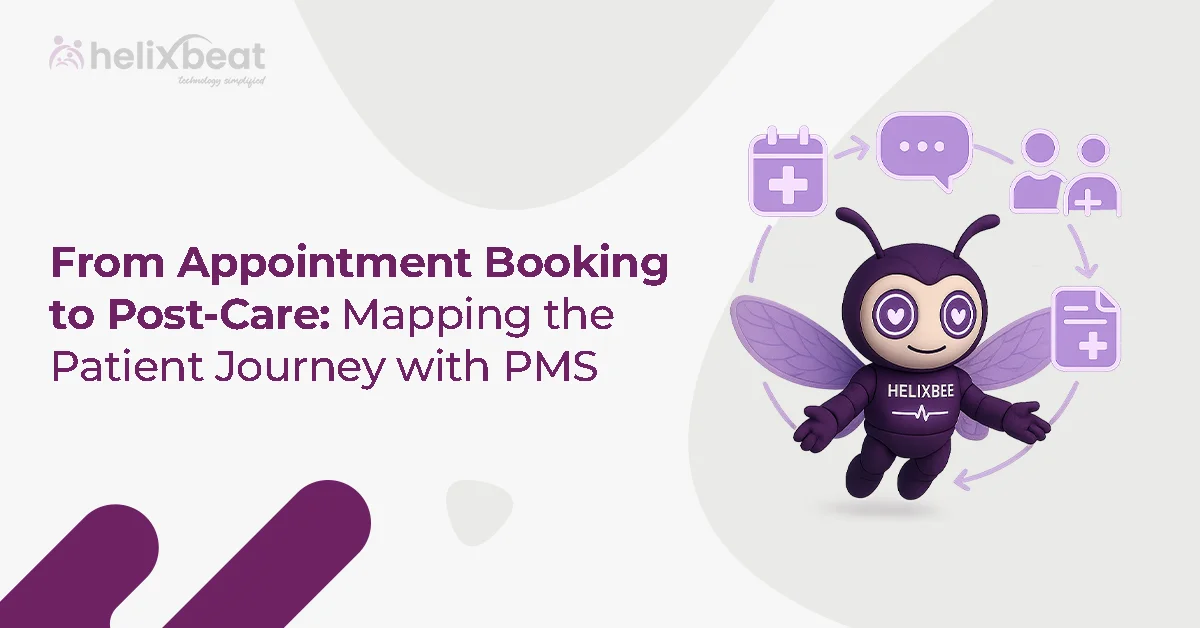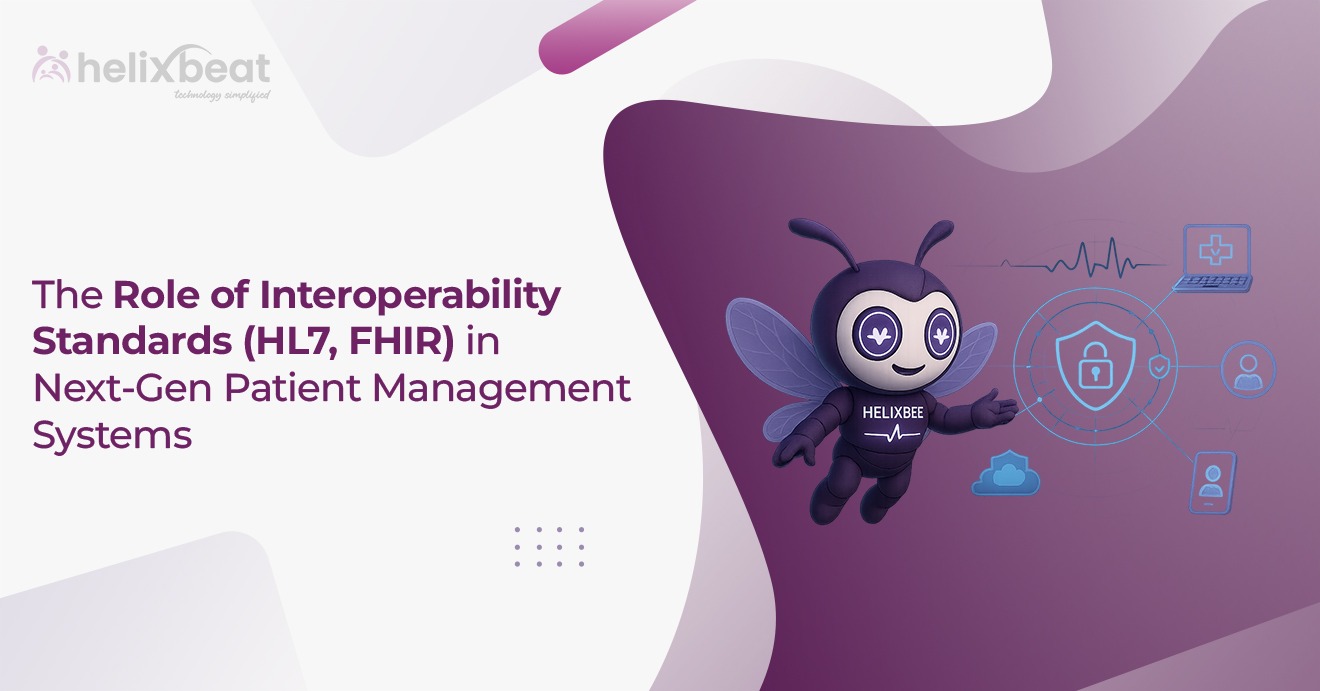Running a small IT business comes with numerous challenges. You need to manage multiple systems, meet client expectations, and keep up with fast-changing technology, all with limited time and resources. Many businesses still use manual methods or disconnected tools, which slow things down and lead to mistakes.
This is where IoT enabled solutions can help. IoT (Internet of Things) connects your devices, software, and systems so they can communicate and share data. This makes it easier to automate tasks, monitor operations in real time, and make smart decisions quickly.
For IT companies, using IoT isn’t just about adding new tech; it’s about working smarter. In this blog, we’ll show you how IoT product design and expert IoT product development services can help your business save time, reduce errors, and grow faster.
Table of Contents
Role of IoT in Businesses
IoT plays a decisive role in modern businesses by connecting devices, machines, and systems to collect and share real-time data. This helps companies monitor operations, automate routine tasks, improve decision-making, and reduce manual work.
Whether it’s tracking inventory, managing energy usage, or monitoring equipment remotely, IoT-enabled solutions give businesses more control, speed, and accuracy. For IT companies especially, IoT opens up new ways to deliver smarter services, optimize internal workflows, and offer innovative tech solutions to clients.

How Small Businesses Benefits from IoT Enabled Solutions (With Examples)
1. It helps you get things done faster without extra hands
IoT automates repetitive tasks that would typically take up employee time. For example, an IT service provider can use smart sensors to monitor server rooms for temperature or hardware issues. This reduces the need for manual checks and speeds up problem detection.
2. Save money by cutting down on waste and manual work
A co-working space using IoT enabled solutions can install bright lighting and energy meters that automatically turn off unused equipment or lights. This lowers electricity bills and reduces waste, saving thousands over the year.
3. You can keep an eye on everything in real time
A logistics company can attach IoT trackers to delivery vehicles to monitor their location and condition in real time. This helps avoid delays, improves delivery accuracy, and alerts managers if there’s an issue like overheating or route deviation.
4. Customers get a more personalized and smoother experience
A tech startup offering home automation can use IoT data to learn how customers use smart devices, then send software updates or recommendations based on those habits. This personalized approach builds trust and improves client satisfaction.
5. Start small and grow your system as your business grows
A small manufacturing business can start with a few IoT-connected machines to monitor productivity and later expand the network as operations grow. Thanks to flexible IoT product design, there’s no need to overhaul the entire system; just plug in more smart devices as needed.
Components Required for IoT Integration
To successfully use IoT enabled solutions in your business, you need three main components: hardware, software, and connectivity. Each plays a unique role in collecting data, processing it, and making smart actions happen automatically.
1. Hardware: Devices that collect data from the real world
Hardware components are the physical devices that sense, receive, or perform actions. These devices help collect data from your surroundings and respond to it when needed.
- Sensors – These measure things like temperature, motion, light, or pressure.
Example: A smart thermostat uses sensors to adjust the heating or cooling automatically.
- Actuators – These are devices that take action based on sensor data.
Example: A smart lock that unlocks when your phone is near.
- Smart Devices – Everyday tools that are upgraded with internet connectivity and data-processing capabilities.
Example: Smart fridges, wearables, or security cameras.
2. Software: The brain behind your IoT system
Software components are what make your IoT system smart. They process the data gathered by the hardware and help businesses turn it into something useful.
- IoT Platforms – These manage all the devices, collect data, and allow developers to build apps on top of them. Think of it as the control center for your IoT setup.
- Data Analytics Tools – These tools help you make sense of the data, find patterns, and make better decisions. Example: Predicting machine failure before it happens.
- User Interfaces – These allow users to interact with the IoT system through web portals or mobile apps. Example: An app that lets you monitor your office environment remotely.
3. Connectivity: How devices talk to each other
Without connectivity, your devices can’t send or receive data. This part of the system makes communication possible between devices and the cloud.
- Wi-Fi – Best for short-range, high-speed communication within buildings or offices. Great for bright lighting or office monitoring systems.
- Bluetooth – Ideal for connecting nearby devices that use low power, like wearables or sensors. Example: A fitness tracker syncing with a smartphone.
- Cellular (4G/5G) – Perfect for devices that need to stay connected over long distances or while moving. Example: GPS tracking for delivery vehicles.
- LPWAN (Low Power Wide Area Network) – Used when you need to send small bits of data over long distances while saving battery. Example: Water-level sensors in remote agricultural areas.
Together, these three components: hardware, software, and connectivity form the core of any successful IoT enabled solution.
When designed properly through expert IoT product design and implemented by experienced IoT product development services, they can help your small business run smarter.
Different Stages of Implementing IoT Enabled Solutions
Implementing IoT enabled solutions in your small business isn’t something that happens overnight. It’s a step-by-step journey from identifying your needs to running a fully functional IoT system. Here are the five key stages involved:
1. Identifying the Business Problem
Before diving into technology, the first step is understanding your business needs. What are the challenges you want to solve? Are you looking to reduce energy costs, monitor systems remotely, or improve customer service?
Example: An IT services company might want to track server health in real-time to avoid downtime.
2. Designing the Right IoT Solution
Once the problem is clear, the next step is choosing the right IoT product design. This involves selecting the right sensors, devices, platforms, and features based on your goals.
Example: If you’re tracking asset movement, your design may include GPS sensors, cloud dashboards, and mobile alerts.
3. Developing and Testing the System
This stage involves building the system with the help of IoT product development services. Hardware and software are integrated, and the system is tested in a controlled environment to check for performance, bugs, and reliability.
Tip: Start with a small prototype or MVP to reduce risks and gather feedback early.
4. Deployment and Integration
After testing, the system is rolled out in real-world conditions. Devices are installed, software is configured, and the system is integrated with your existing tools or platforms (like CRM or ERP systems).
Example: A smart energy solution might be connected to your building’s electrical system for automated usage monitoring.
5. Monitoring, Maintenance, and Scaling
Once live, the IoT system needs continuous monitoring to track performance and make updates. Over time, as your business grows, you can scale your solution by adding more devices or new features.
Example: A business that starts with 5 connected devices can grow to 50 as operations expand.
With the right planning and support, each stage of implementing IoT enabled solutions helps build a smarter, more connected business.
How IoT enabled Solutions Grow Your Businesses
IoT enabled solutions help your business grow by making everyday operations smarter and faster. Instead of spending time on routine tasks like checking inventory, monitoring equipment, or tracking energy usage, IoT systems do it for you automatically and accurately. This reduces errors, saves time, and frees up your team to focus on what matters most.
For example, an IT services company can use IoT to monitor client servers in real time, detect issues early, and provide faster support. This not only improves customer satisfaction but also builds trust and long-term relationships. With better data and automation, you can make informed decisions, cut down costs, and confidently scale your business.
Artificial Intelligence in IoT Enabled Solutions
When combined with Artificial Intelligence, IoT enabled solutions become much more powerful. AI helps IoT systems not just collect data, but also learn from it, predict issues, and take smart actions automatically. Here’s how AI adds value to your IoT setup:
- Predictive Analytics: AI can analyze past data from IoT devices to predict future outcomes—like detecting when a device might fail or when maintenance is needed.
- Anomaly Detection: AI algorithms can identify unusual patterns in real-time data, helping businesses spot issues like security threats or system errors early.
- Automation of Decisions: AI allows IoT systems to make decisions on their own, such as adjusting machine settings or triggering alerts, without human input.
- Smarter Customer Insights: By analyzing usage data, AI helps businesses understand customer behavior and preferences, leading to more personalized and effective services.
This powerful combo of AI and IoT helps small businesses save time, improve accuracy, and make faster, smarter decisions.
Why Choose Helixbeat for IoT Enabled Solutions
At Helixbeat, we offer customized IoT enabled solutions designed to help your business connect devices, automate operations, and make smarter decisions using real-time data.
From planning to deployment, our team works closely with you to build solutions that solve real challenges and increase efficiency. Whether you’re starting small or looking to scale, our systems are built to grow with your needs.
Here’s what makes our IoT product development services stand out:
- Custom strategies aligned with your business goals
- Seamless integration of devices, platforms, and software
- Actionable insights powered by real-time data
- Scalable architecture with complete lifecycle support
With Helixbeat, your IoT journey becomes easy to manage, effective, and ready to support your business as it grows. Book a free call with our expert now.
FAQ
1. What are IoT-enabled systems?
IoT-enabled systems are setups where devices, sensors, or machines are connected to the internet, allowing them to collect, send, and receive data. These systems automate tasks, monitor conditions in real time, and help businesses make smarter decisions with less manual work.
2. What are the 4 types of IoT?
The four main types of IoT are:
- Consumer IoT – Smart home devices like wearables, smart TVs, and assistants.
- Commercial IoT – Applications in retail, healthcare, and transportation (e.g., smart shelves, patient monitors).
- Industrial IoT (IIoT) – Used in factories and logistics for asset tracking, predictive maintenance, etc.
- Infrastructure IoT – Found in smart cities for managing traffic, streetlights, and public safety.
3. Is IoT a digital solution?
Yes, IoT is considered a digital solution. It uses technology to automate physical processes, connect digital systems, and provide real-time data that businesses and consumers can use to improve efficiency, safety, and convenience.
4. How to identify IoT devices?
You can identify IoT devices by checking if they connect to the internet or a network and can collect or transmit data. Common examples include smart thermostats, wearable fitness trackers, connected security cameras, and industrial sensors.
5. How does IoT work?
IoT works by using sensors and devices to gather data from the environment or machines. This data is sent through a network (Wi-Fi, Bluetooth, etc.) to a cloud platform where it is processed. The system then sends commands or insights back to the devices or users, enabling automation and smarter decision-making.





